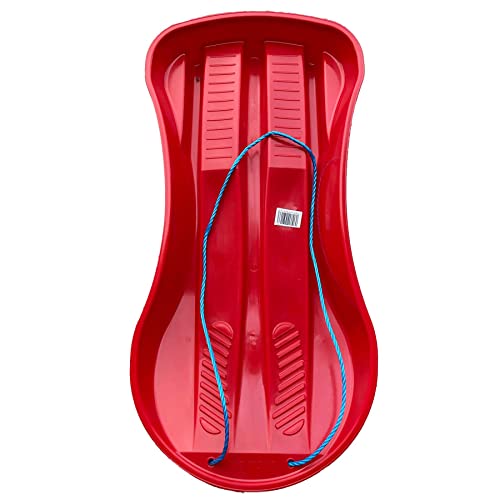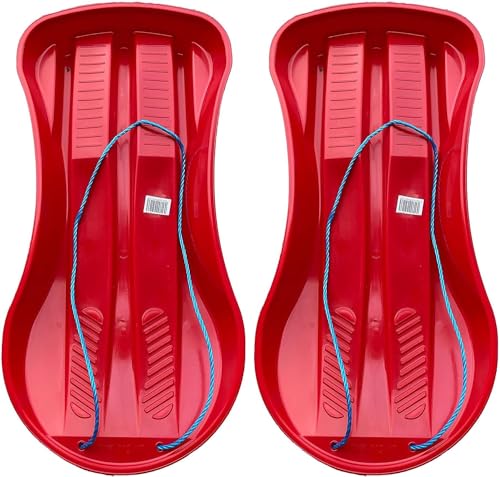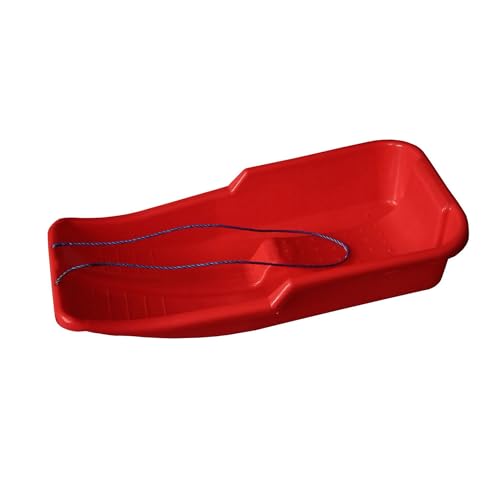Can Sledges be Used on Hills?
Sledges are a popular recreational activity during the winter months, offering a fun and exhilarating way to glide down snowy slopes. However, when it comes to using sledges on hills, there are a few factors to consider. In this article, we will explore the suitability of sledges for use on hills, the safety considerations involved, and some tips for a fun and safe sledging experience.
1. The Efficiency of Sledges on Hills
Sledges are typically designed for use on flat or gently sloping surfaces, such as fields or designated sledging hills. They are built to glide smoothly on packed snow or icy surfaces, relying on the force of gravity to propel them forward. While sledges can certainly be used on hills, the efficiency and control may vary depending on the steepness of the slope.
Using a sledge on a steep hill can result in higher speeds and reduced control. It’s important to ensure that the slope is not too steep for the sledge to handle. Additionally, the surface conditions play a crucial role. If the hill is covered in soft, powdery snow, it may be more challenging to maintain control and steer the sledge.
2. Safety Considerations
When using sledges on hills, safety should always be the top priority. Before embarking on a sledging adventure, it’s essential to assess the conditions and choose a hill that is suitable for sledging. Be mindful of any obstacles or hazards on the slope, such as trees, rocks, or other people.
Ensure that the hill is free from any potential dangers and has a clear path for sledding. Make sure to wear appropriate winter clothing, including a helmet and warm layers, to protect yourself in case of falls or collisions. It’s also advisable to sled during daylight hours when visibility is better, and avoid sledding on icy or hard-packed surfaces if possible.
3. Tips for a Fun and Safe Sledging Experience
To enhance your sledging experience on hills, here are a few tips to keep in mind:
– Choose a suitable hill: Look for a hill that has a gentle slope, is clear of obstacles, and has enough space for both the sledging path and a safe stopping area at the bottom.
– Test the slope: Before committing to a full sledging run, make sure to test the slope by starting with a shorter slide. This will allow you to assess the speed and control before attempting a longer run.
– Control your speed: To maintain control while sledging on hills, use your legs and feet to steer and slow down. Digging your heels into the ground or using your hands as brakes can help regulate your speed.
– Avoid overcrowding: If sledging with others, ensure there is enough distance between sledgers to prevent collisions. Always be aware of your surroundings and give way to others on the hill.
– Allow for frequent breaks: Sledging can be physically demanding, so it’s important to take regular breaks and stay hydrated. Resting between runs can help prevent fatigue and reduce the risk of accidents.
4. Alternative Sledging Equipment for Hills
While traditional sledges may not be the most efficient option for hills, there are alternative types of sledging equipment that are better suited for steeper slopes. Toboggans, for example, are designed specifically for downhill use and offer more control and stability on hills.
Toboggans often have a curved or concave shape, which allows for better steering and maneuverability. They are typically made of lightweight yet durable materials like plastic or wood. Some toboggans even come with built-in handles or seating for multiple riders, making them ideal for family or group sledging adventures on hills.
5. Other Winter Activities on Hills
If using sledges on hills isn’t your preferred activity, there are plenty of other winter sports and activities that can be enjoyed on slopes. Skiing, snowboarding, and tubing are popular alternatives that offer a different level of excitement and thrills.
Skiing and snowboarding provide the opportunity to navigate down hills using specialized equipment and techniques. Tubing, on the other hand, involves sliding down slopes on an inflatable tube for a fun and fast-paced experience. These activities often take place at ski resorts or designated snow parks, where slopes are well-maintained and suitable for the specific winter sport.
Conclusion
While sledges can be used on hills, it’s important to assess the suitability of the slope, consider safety precautions, and be aware of other options for winter activities on hills. By following the tips provided and making informed decisions, you can enjoy a fun and safe sledging experience on hills during the winter season.






